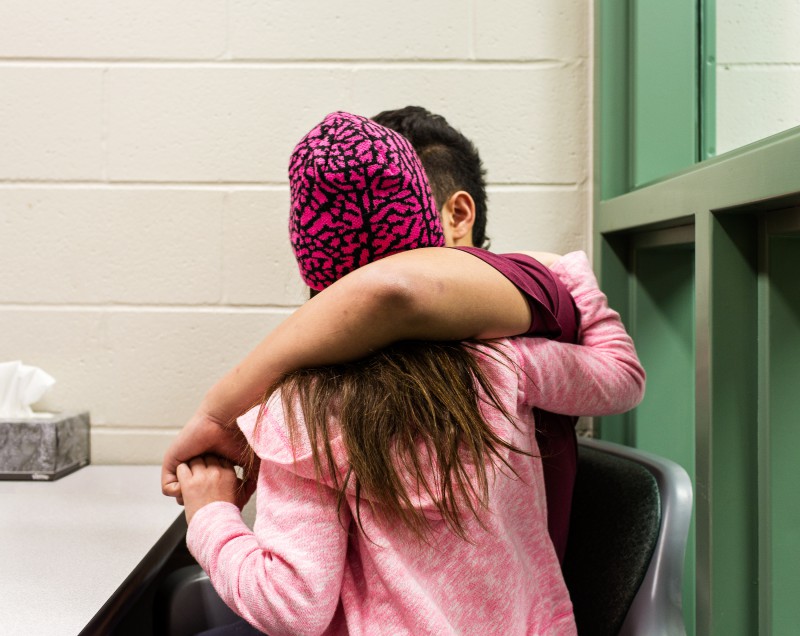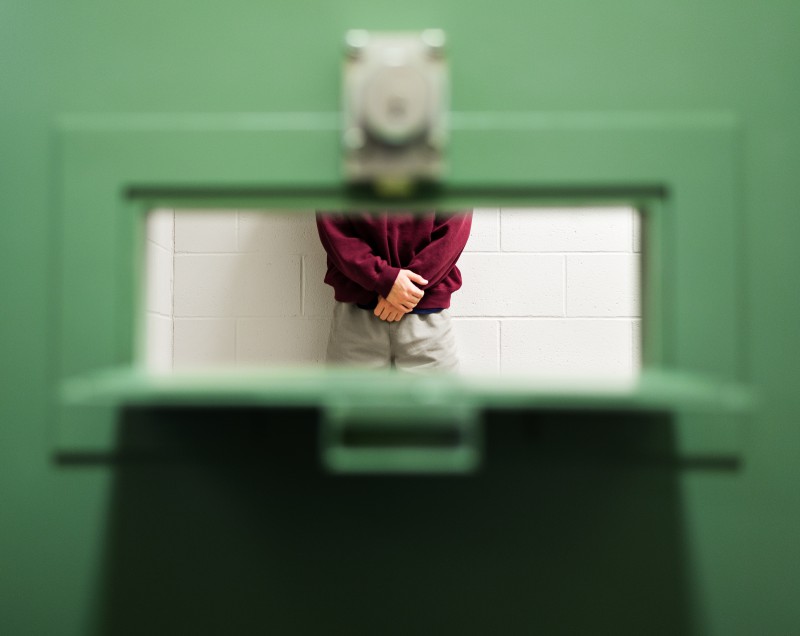As most of you know, we are big fans of Zora’s work. So much in fact that we published his first monograph, Corrections, in December of 2015. Less than two years later, Zora is continuing to blow our minds. He was recently selected as one of 30 photographers to be printed in Aint–Bad No.12: Curator’s Choice (full disclosure we had nothing to do with Zora being selected for print. This call involved fifteen guest curators selecting artists for print). But the real reason we are interviewing Zora today is that he recently won the Daylight Photo Awards with his body of work, Corrections! Holy Shit Zora! We love you! I asked Zora a few questions about this body of work that is now a little older but still just as important to contemporary photography and society.


A–B: We started working with you on this project in 2015. It’s now been almost two years since the book came out. How do you feel about this work today? Is it still relevant?
ZJM: Looking back at it, I think a lot about growth. Not only my personal growth as a photographer and artist but also how we grow and change as people. Looking at the portraits, I often wonder where some of these individuals have ended up as most of them are adults now. These individuals and I had an impact on one another, and for me, that is how the work is personally still relevant. In a broader sense, juveniles who come into contact with the system are more likely to have contact with the system as adults. Stigmatization has lasting effects, and even though we have begun to look at ways to make the system more equitable we are far from having a system that is fair and unbiased. My hope is that Corrections in some way contributes to this conversation.


For those that aren’t familiar with the project, can you explain how you became interested in this subject matter?
While I was studying photography as an undergrad, I took a job providing services to kids on probation. After I started, I was interested in documenting kids’ experience of the system, but it took me awhile to work up the courage to begin making the project. I enrolled in an Advanced Photography course in which we were required to focus on one body of work over the semester. I took this as an opportunity to step out of my comfort zone, and I began making portraits of the kids. Due to their protected status in the juvenile justice system, I was required to keep their identities anonymous. Anonymity became important to the project conceptually. The system required me to anonymize these kids for their protection, but contradictorily, how the system stigmatizes kids as criminals begins to overshadow their personhood. This shifted how I approached the other elements of the project. The landscapes question our interaction with the places in which people become “criminals”. My documentation of objects that kids come into contact with during incarceration erases the facility while highlighting the oppressive nature of their function. By parsing out each and then putting them back together, my aim was to deconstruct part of the system and reframe it; a way for individuals to see it in a new way.


You made this work as an undergraduate, now you are about to receive your MFA. How did working on this project and the book help prepare you for graduate school? What did this work teach you about making images?
Working with you guys on publishing the book was such a whirlwind. From your initial offer, to picking images, sequencing, proofing, and then publishing – it was a wild experience. That I was doing this while beginning graduate school helped put me in the mindset of a working artist. Over the past couple of years, I have had to work hard to sustain this body of work through exhibitions and speaking engagements while focusing on making new work and teaching.
When I was making Corrections, a lot of the time I felt unsure because this was my first serious body of work. I was transitioning from being a hobbyist to a practitioner. I learned that I’m very contemplative and measured in my practice: in making images, I don’t like to do things on the fly. While this isn’t always possible, I feel that is my strength in making images. It also taught me to trust my intuition. I wasn’t always sure what the images ultimately meant, and a lot of the times could have talked myself out of making a photograph. But because I did make it, I was able to come back to it later and figure out its ultimate meaning in the context of this body of work.


Are you interested in revisiting this body of work and or subject matter in the future?
I’m not necessarily interested in revisiting this particular body of work, but I do think I will someday return to the subject matter. Working in the system gave me a passion to continue serving the people inside of it in one form or another. I’m looking forward to seeing what the future brings in that capacity.


What’s next for you as a photographer?
Right now, I am currently focusing on wrapping up my thesis year of graduate school. I have spent the summer looking back at things I have made and refining those ideas in new work. Once I receive my degree, I’ll begin looking for teaching appointments. Being an educator is my second passion next to making art.
If you don’t yet own a copy of Corrections, pick one up today. Use the code MURFF at checkout to receive 15% off your purchase.
And don’t forget to check out more of Zora’s work on his website!